
What matters most to women and healthcare providers when it comes to contraceptive choices may vary dramatically, according to a recent study in Contraception.

What matters most to women and healthcare providers when it comes to contraceptive choices may vary dramatically, according to a recent study in Contraception.

A thorough ACOG task force report confirms that NBPP is difficult to predict and prevent.

Are your healthcare data safe in the cloud?

A case hinges on the causes of a child's developmental delays.

Here are the steps to take before recommending IVF to your patients having trouble conceiving.

An expert commentary on ACOG Practice Bulletin No. 137.

Hormone replacement helps to maintain normal bone mineral density (BMD) in young women with primary ovarian insufficiency (POI), a study by the National Institutes of Health (NIH) has found.

A reduced-carbohydrate diet may reduce breast cancer recurrence in women whose tumor tissue is positive for insulin-like growth factor-I (IGF1) receptor, according to a new study in Cancer Epidemiology Biomarkers & Prevention.
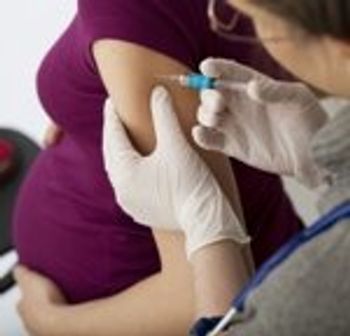
Evidence mounts that flu vaccine in pregnancy is safe, but congenital anomalies need to be better defined and slight increases in maternal outcomes explained.

Substituting one serving per day of legumes for one serving per day of red meat may help lower a woman’s risk of breast cancer, according to results of a multicenter study based on data from the Nurses’ Health Study II. The findings, published in BMJ, represent 20 years of follow up on a questionnaire on diet.

A history of at least 1 major depressive episode and a diagnosis of posttraumatic stress disorder (PTSD) may increase the risk of preterm birth (PTB) 4-fold, according to a recent study in JAMA Psychiatry.

According to a recent report from the Centers for Disease Control and Prevention, the number of women undergoing induced labor is finally on the decline after many decades on the rise. One benefit is that the number of deliveries before 39 weeks has similarly fallen.

Women with polycystic ovary syndrome (PCOS) experiencing light or infrequent periods may improve menstrual cyclicity by taking cinnamon supplements, evidence shows.
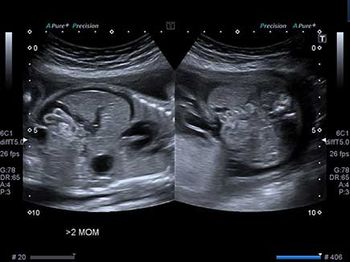
Challenge your diagnostic skills: Are these normal findings?

In hypertensive pregnant women, snoring is a strong indicator of obstructive sleep apnea, a sleep disorder that may be associated with poor pregnancy outcomes.
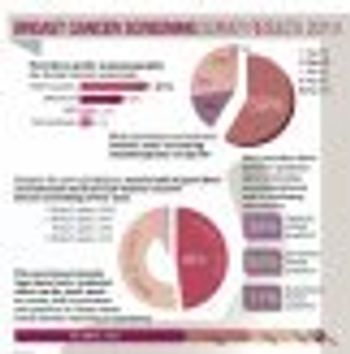
This infographic reveals the breast cancer screening practices of fellow ObGyn.net readers. How do your recommendations compare with those of your colleagues?

Come July 1st, thousands of newly minted interns with freshly pressed long white coats, but experience-green, flood the floors of teaching hospitals around the country. For most of the country July 1st means another glorious summer day of basking in the bliss of summertime sun. For the labor and delivery floor this is NOT the case.

Women with interpregnancy intervals (IPIs) of less than 18 months may be at increased risk of preterm delivery, according to a new study in BJOG.

New research presented at the American Urological Association (AUA) Annual Meeting suggests that elderly women are less likely than men to be referred for hematuria evaluation, and therefore less likely to receive a definitive urologic diagnosis.

Women with a greater number of cutaneous nevi may be more likely to develop breast cancer than those with fewer, according to a recent study in PLoS Medicine.
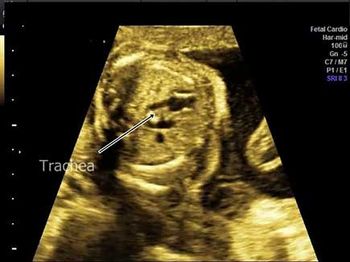
Challenge your diagnostic skills: Is this fetal heart normal or abnormal?

Drs Louise King, Camran Nezhat, and Paul Wetter discuss an effective teamwork model, agreeing that patients have better outcomes when clinicians work as a team.

New study results may alleviate concerns about use of antipsychotics in pregnancy. However, higher doses often mean more problems for baby.

Do you have inconsistent results treating patients with mixed incontinence? It may be because most treatments are too conservative and symptom-based.

Adjuvant therapy combining ovarian suppression with an aromatase inhibitor-a class of drugs typically only recommended for postmenopausal patients-may be more beneficial for premenopausal patients with breast cancer than tamoxifen.

According to a new retrospective study in Obstetrics & Gynecology, second-stage labor that lasts more than 2 hours may increase the risk of complications.

On June 10, the U.S. Food and Drug Administration (FDA) and the U.S. Environmental Protection Agency (EPA) together issued a draft of updated advice on fish consumption for women of childbearing age, pregnant or nursing women, and young children.

Monique Rasband, of KLAS Research, discusses which ultrasound products and vendors are favored by Ob/Gyns because of time-saving capabilities.

Pre-planning is key to achieving the most optimal clinical outcomes for patients with multiple challenging risk factors or individual characteristics.
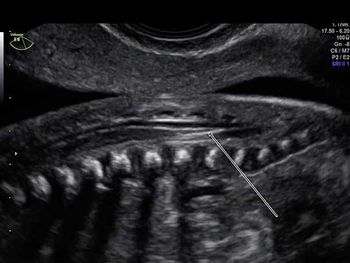
Challenge your anatomy skills: Can you identify the spinal structure?